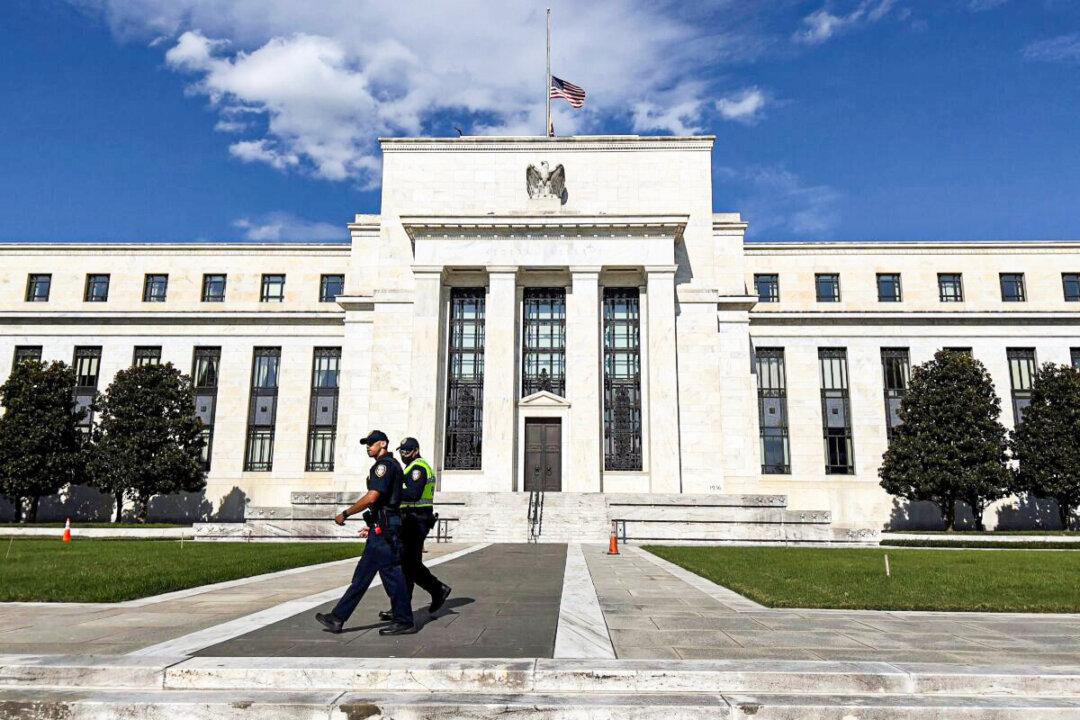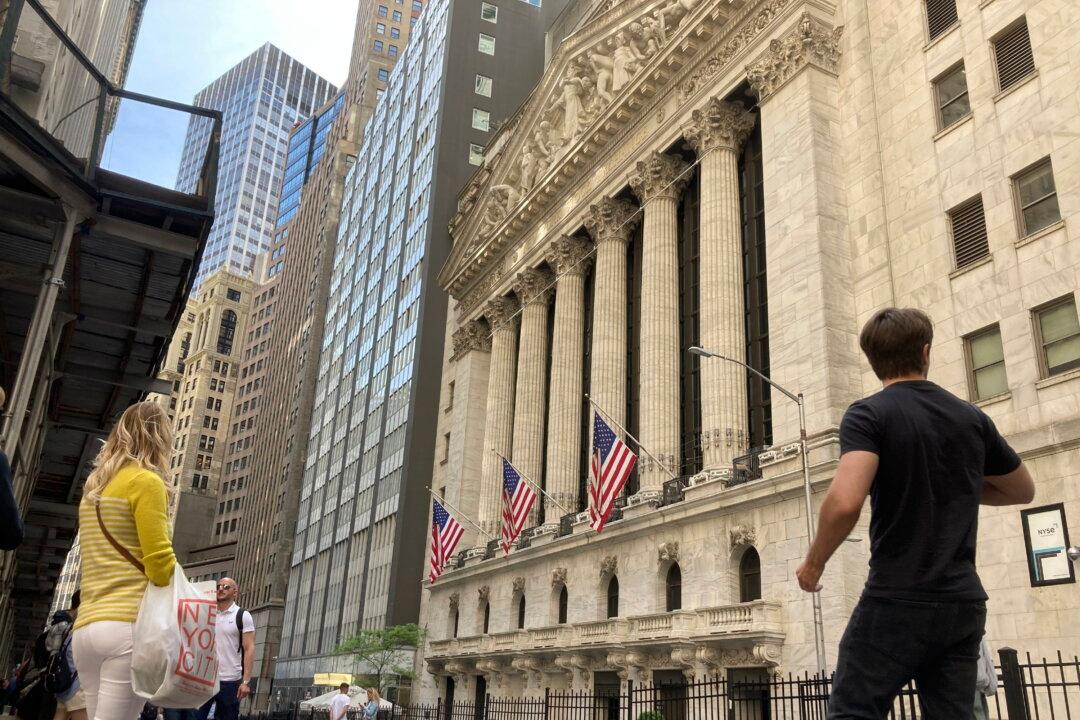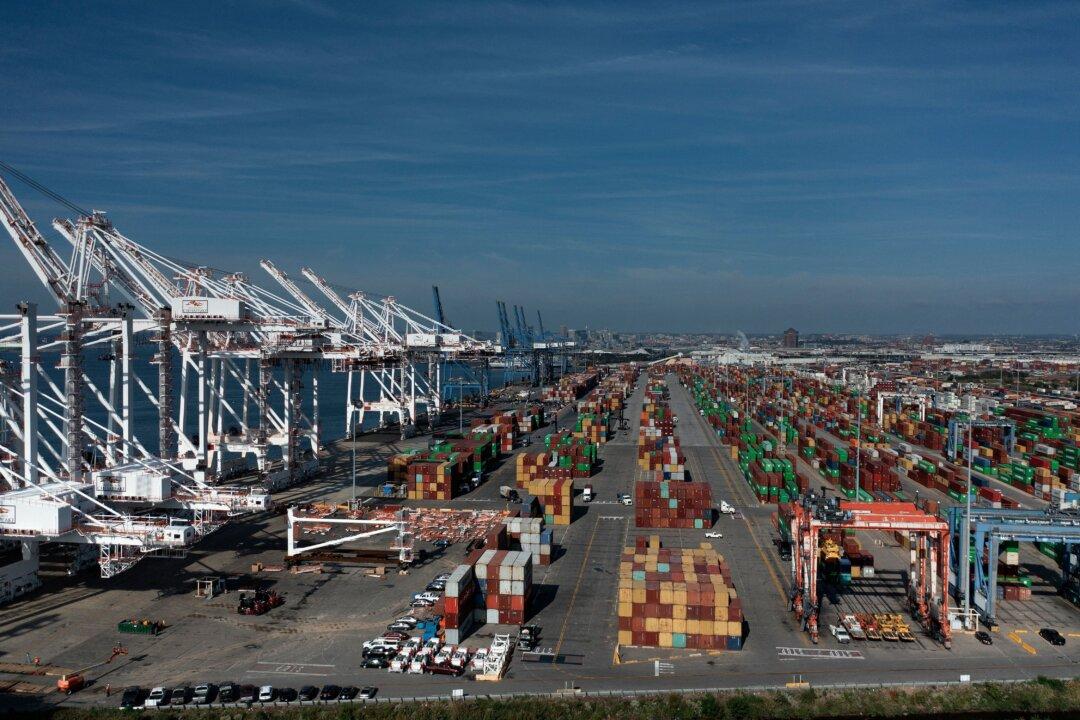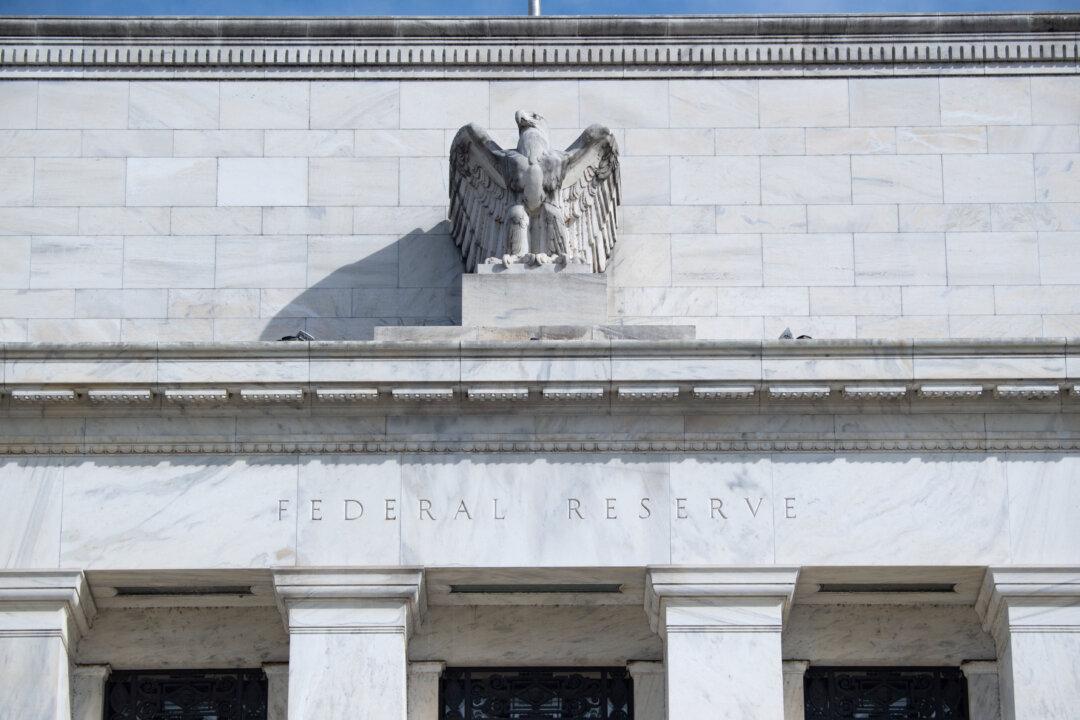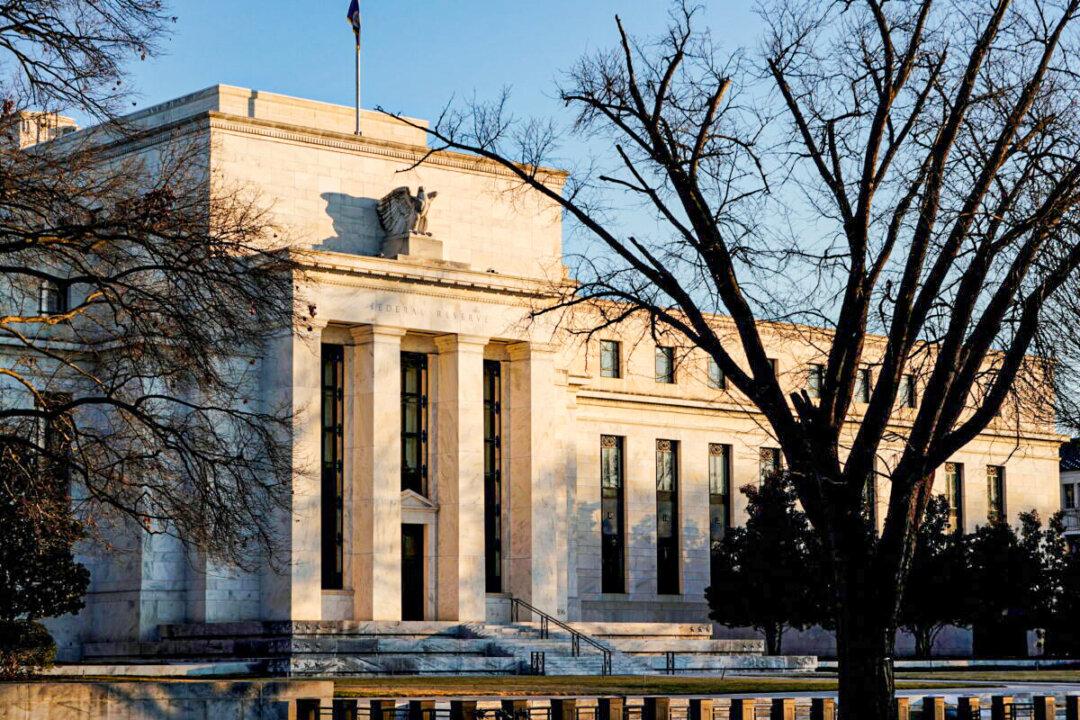Commentary
The Federal Reserve is on the cusp of making its biggest policy mistake in modern times and it is seemingly unaware of the damage it is about to cause. Despite appearances of a robust labor market, rising corporate profits, and high asset prices, the underlying economy is rather weak. For many Americans, high inflation is creating an increasingly large financial burden.
